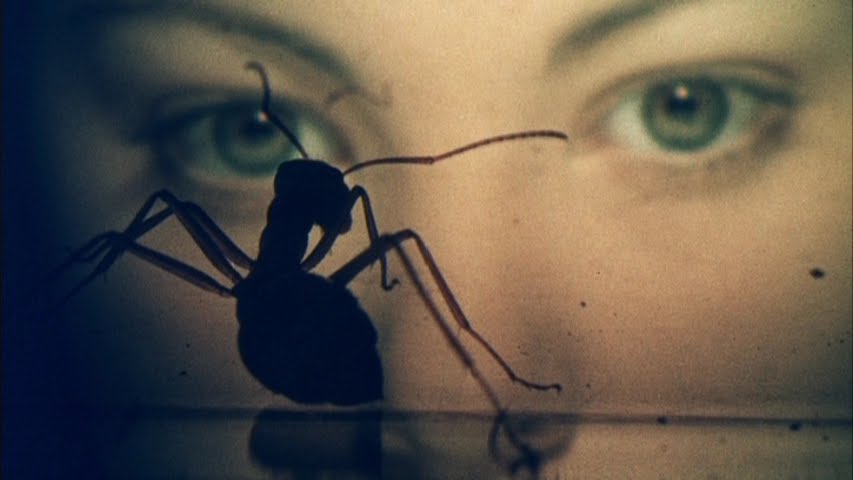
It is probably easier to win a woman’s heart than assuring that a film would be seen and appreciated by a large number of people, even though social scientists seem to prefer the contrary. Every year, thousands of films are released and it is the biggest gamble a person can ever take to think that their film will stand out for a lot of people; certainly, they should be a big optimist. Viewers tend to follow the recommendation of a particular favorite critic and writer, and there is always a pattern in the ‘best of the year’ lists. A writer can’t demand everyone watch every good film out there; a large number of factors interfere in the selection and typically, the casual viewer misses many good films that deserve to be seen.
Hopefully, the film culture is not bound to the ‘year’s best’ lists from several publications. Film fans are there to quickly point out underseen good films to each other and sometimes, they grow to be a cult favorite over time. This list wishes to do the same, to suggest many good films to its readers that may have gone under the radar for them. Without further ado, here are 10 movies you have probably never seen.
1. Days and Nights in a Forest
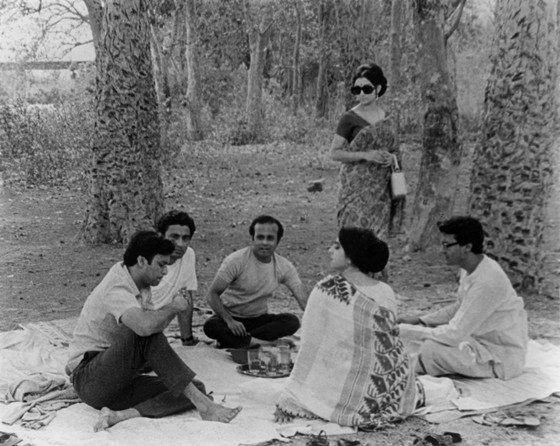
Akira Kurosawa said about Satyajit Ray, “Not to have seen the cinema of Ray means existing in the world without seeing the sun or the moon.” Still, apart from a few well-known titles from the master, Western society is noticeably unaware of this prolific filmmaker’s other career-best works. One of them is “Days and Nights in a Forest,” which has hopefully grown to be a favorite of the Western critics who now demand it to be one of Ray’s best films.
“Days and Nights in a Forest” is a carnivalesque drama in plain sight, a technique Ray learned from his teacher Jean Renoir to subtly hide the scathing criticism of urban life under this. Ray observes his urban characters, brutally exposes their psychological weaknesses over the uneducated tribal love and the suppressed intense passion of the educated upper-middle class. He also criticizes the hedonism and the casual manner by which this growing urban population has lost with its roots, but this truth has to be recovered by the diligent viewer hiding under layers.
There is also a fantastic memory game situation where Ray gives us a hint of every character by the choices they present in the game. A grain of buddy road film mixed with the clever exposition of the middle-class insecurity, “Days and Nights in a Forest” deserves to be watched.
2. One False Move
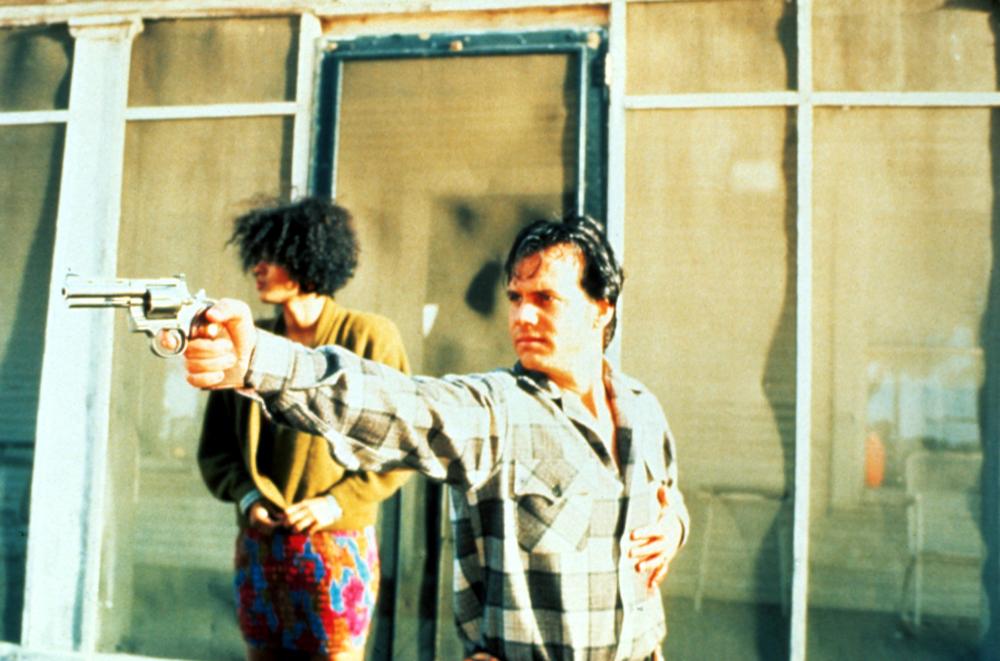
A neo-noir surrounding the life of people of color in the United States, “One False Move” easily underlines the uncomfortable social equation in the background. The direction style is simple, but the unblinking violence never sets the audience free from the grim social reality of the neglected population. “One False Move” is a sympathetic humane film whose plot doesn’t make total sense, but the screenplay forces the audience to care for the unlucky protagonists of the film.
The crime genre trappings are all present, but when the peeling of layers is all over, the wounds of racism take the center seat. All of the action and staging is meticulously decided, which was necessary for this tightly written film’s progression, and it also cleverly disguises its moral core under the stereotype of the black crime film. There is also a great emotional subplot involving a country sheriff and his ambitions to become a high-class city police officer. The climax is powerful enough to bring some people to tears.
3. Phase IV
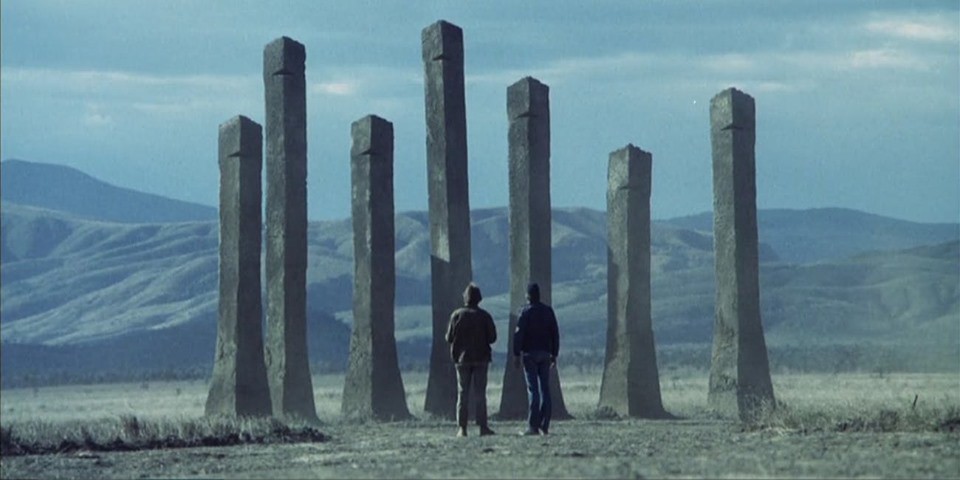
“Phase IV” is a difficult film to recommend because it is weird and not for everyone’s taste. But a chance should be given to this film, which is eschewed of any traditional narrative, per se, but totally balances with its delirious visuals. The film is full of ideas and can be enjoyed mostly without any explanation. The intensity of this experimental sci-fi film destined it to be a bad chaotic nightmare that garnered it a smooth cult following over the years.
With a deliberate slow-building pace and capricious lighting, “Phase IV” gives a “2001: A Space Odyssey” kind of trip, albeit in an ant world. Sometimes, the environmental concern of the film is far from clear, but the brutal, haunting imagery demands attention, not unlike what Luis Bunuel did with his “Un Chien Andalou” and Bergman did in his “Persona” opening sequence.
4. Foolish Wives
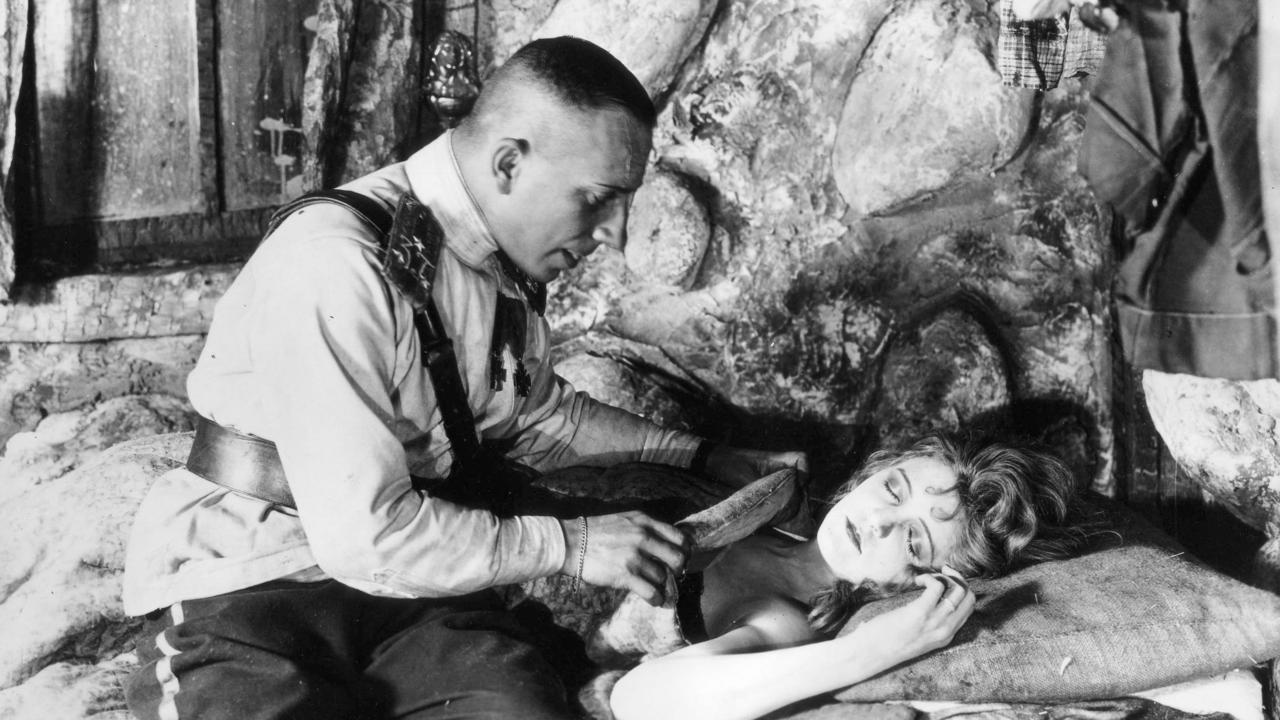
In his primetime, Erich von Stroheim enjoyed the undivided attention of Hollywood, and “Foolish Wives” was the first million-dollar movie to come out of Hollywood. Some eccentric demands of von Stroheim were not kept, though who want “Foolish Wives” to run between 6 to 10 hours in two respective evenings, but the re-edited 117 minutes release or the restored 142 minutes cut promises a great tragicomedy for the curious viewer.
Like all good silent intertitled films, “Foolish Wives” is best between the appearance of the title cards. Von Storheim is extremely powerful in the perverse role of Count Wladislaw, Sergius Karamzin, and his seducing techniques are dated but fearful. Von Stroheim created Monte Carlo in the Hollywood backlot and the enormous set and detailing is another thing to marvel at.
In the perverse world created by von Stroheim, there is little difference between the marvelous and grotesque. The world of “Foolish Wives” is hopelessly dark, and this 1922 erotic drama film predates the noir films that would come out decades later. This is the work of a pornographer from the material of a Shakespearean comedy.
5. The House is Black
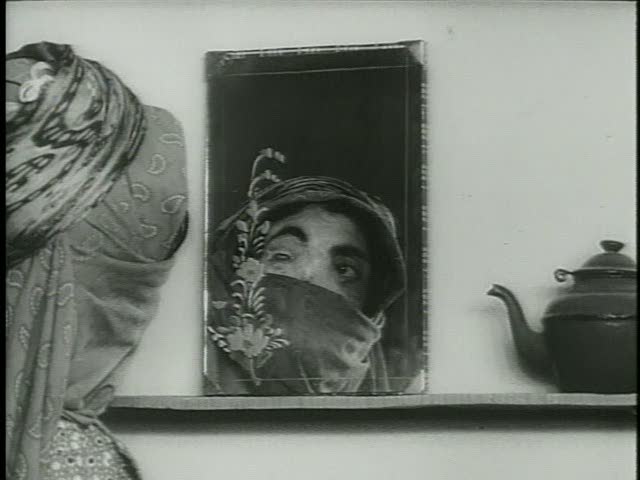
“The House is Black” is the only work of the iconoclast modernist Iranian poet and filmmaker Forough Farrokhzad, whose literary work was long banned by the Iranian authorities for its raw emotional power. This power was well extended to this documentary, which dealt with the life of the lepers in a leper colony. Poetry infuses with brutal practicality in “The House is Black” and Farrokhzad observes the daily lifestyle of the lepers from a close distance.
This film criticizes both the Koran and the Old Testament for the suffering of these people, and that is one of the reasons it didn’t go well for the Iranian government. There are not enough essay films in the otherwise brilliant Iranian New Wave movement. “The House is Black” filled the gap in the ‘60s with the brilliant narration done by the filmmaker herself. Her leper friends do pretty normal tasks with absolutely no problem, and it is extremely painful to watch when she zooms into their deformities to question us about their suffering. Long after the film is over, the visuals and ideas of it would remain in the mind of the viewer.